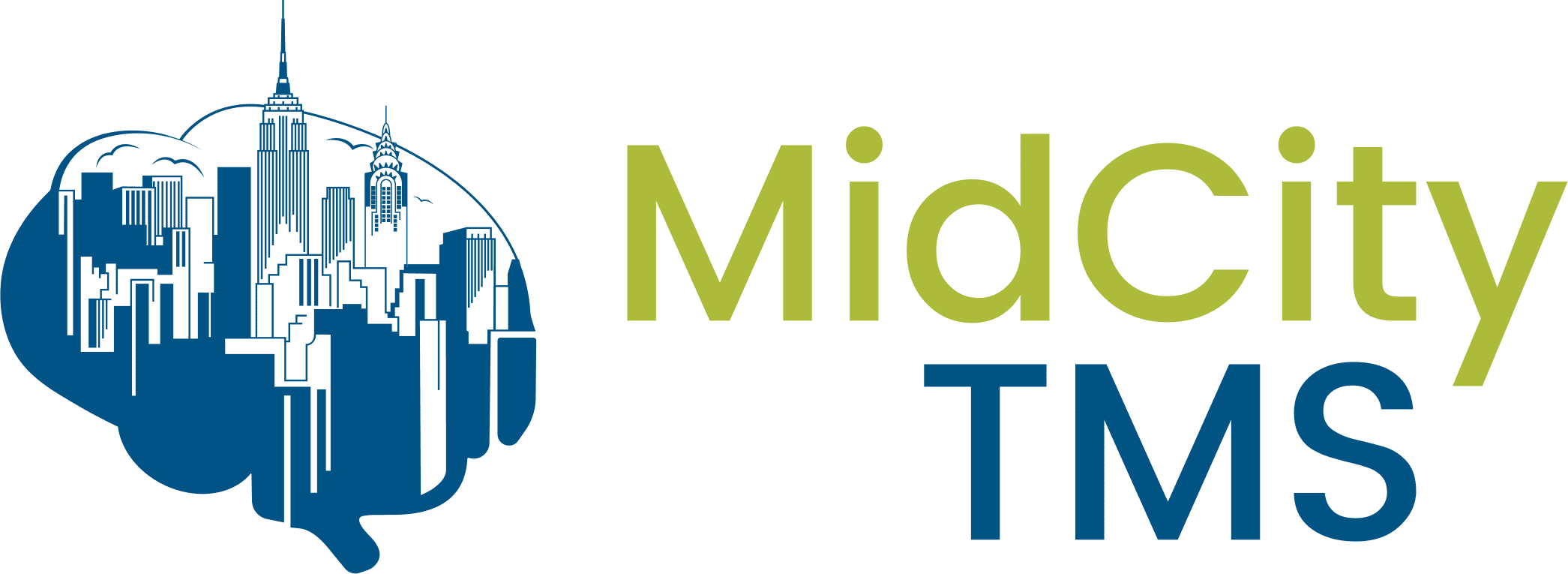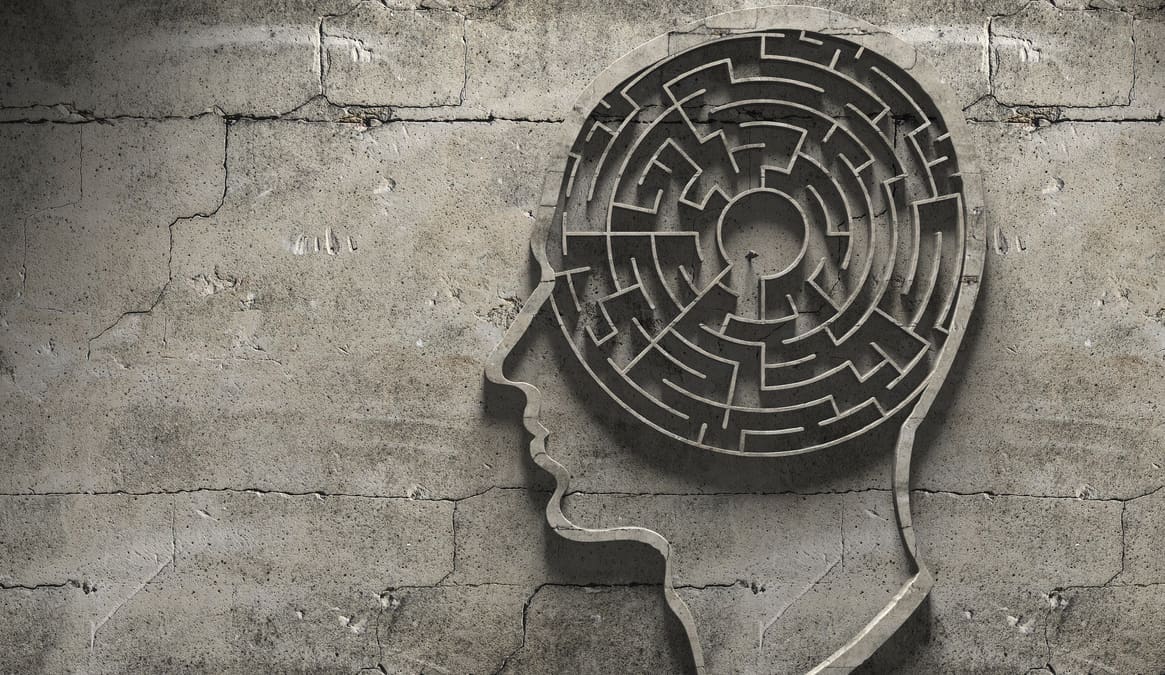Persistent depressive disorder is a continuous long-term (chronic) form of depression. Persistent depressive disorder (previously referred to as Dysthymia or Dysthymic Disorder prior to the publication of the DSM V in 2013) is usually treated with antidepressants, especially the SSRIs (selective serotonin reuptake inhibitors). Unfortunately, antidepressants often stop working or do not work adequately.
If you have Persistent Depressive Disorder and your antidepressants are not sufficiently working, you may benefit from TMS, transcranial magnetic stimulation.
What Is Persistent Depressive Disorder?
The American Psychiatric Association defines persistent depressive disorder as having a depressed mood for most of the day, for more days than not, for at least two years.
In addition to depressed mood, symptoms include:
- Poor appetite or overeating
- Insomnia or hypersomnia
- Low energy or fatigue
- Low self-esteem
- Poor concentration or difficulty making decisions
- Feelings of hopelessness
- Loss of interest in activities
Persistent depressive disorder often begins in childhood, adolescence, or early adulthood and affects an estimated 0.5% of adults in the United States every year. Individuals with persistent depressive disorder often describe their mood as sad or down. Because these symptoms have become a part of the individual’s day-to-day experience, they may not seek help. If you have persistent depressive disorder, you may find it difficult to be upbeat even on happy occasions and you may be described as having a gloomy personality, constantly complaining or incapable of having fun
The symptoms cause significant distress or difficulty in work, social activities, or other important areas of functioning. While the impact of persistent depressive disorder on work, relationships and daily life can vary widely, its effects can be as great as or greater than those of major depressive disorder.
Persistent depressive disorder symptoms usually come and go over a period of years, and their intensity can change over time. But symptoms don’t typically disappear for more than two months at a time. In addition, major depression episodes may occur before or during persistent depressive disorder (sometimes called “double depression”).
Causes of Persistent Depressive Disorder
The exact cause of persistent depressive disorder isn’t known. As with major depression, it may involve more than one cause, such as:
- Biological differences.People with persistent depressive disorder may have physical changes in their brains.
- Brain chemistry.Neurotransmitters are brain chemicals that play a role in depression. Changes in the function and effect of these neurotransmitters and how they interact with neurocircuits involved in maintaining mood stability may play a significant role in depression and its treatment.
- Inherited traits.Persistent depressive disorder appears to be more common in people whose blood relatives also have the condition.
- Life events.As with major depression, traumatic events such as the loss of a loved one, financial problems or a high level of stress can trigger persistent depressive disorder in some people.
Risk Factors for Persistent Depressive Disorder
Persistent depressive disorder often begins early — in childhood, the teen years or young adult life — and is chronic. Certain factors appear to increase the risk of developing persistent depressive disorder, including:
- Having a first-degree relative with major depressive disorder or other depressive disorders
- Traumatic or stressful life events, such as the loss of a loved one or financial problems
- Personality traits that include negativity, such as low self-esteem and being too dependent, self-critical or pessimistic
- Having other mental health disorders, such as a personality disorder
Treatment of Persistent Depressive Disorder
Sadly, many people with Persistent Depressive Disorder do not get the proper diagnosis and treatment they need. Many people feel like their symptoms are just a part of their personality and life instead of something that points to a much more significant health concern. Unfortunately, people with this disorder often complain only about the physical symptoms, and their health care providers do not ask the essential follow-up questions to get the bigger picture. In older people, Persistent Depressive Disorder is often mistaken as dementia or apathy.
If you do get the proper diagnosis, your treatment will likely be similar to how major depression is typically treated—with an oral antidepressant medication and/or psychotherapy. Though these treatments are often effective, sometimes Persistent Depressive Disorder can be refractory to these interventions.
If you have a treatment-resistant persistent depressive disorder, TMS may be the treatment plan you need.
TMS: A New Persistent Depressive Disorder Treatment Plan
Transcranial magnetic stimulation is an FDA-approved depression treatment that is non-invasive and can help treat many different forms of depression, including Persistent Depressive Disorder. TMS uses powerful magnetic stimulation, similar to MRI machinery, to stimulate neurons. Treatment courses typically last about 6-8 weeks. The side effects of TMS are mild; some patients report that they have a mild headache or scalp tenderness.
You do not have to live with the symptoms of Persistent Depressive Disorder anymore. There are many different avenues available to help alleviate your symptoms and get you on the road to a happier life. Talk to your healthcare provider or contact us about trying TMS as your new Persistent Depressive Disorder treatment plan. Our TMS team is here to answer any questions you may have.



